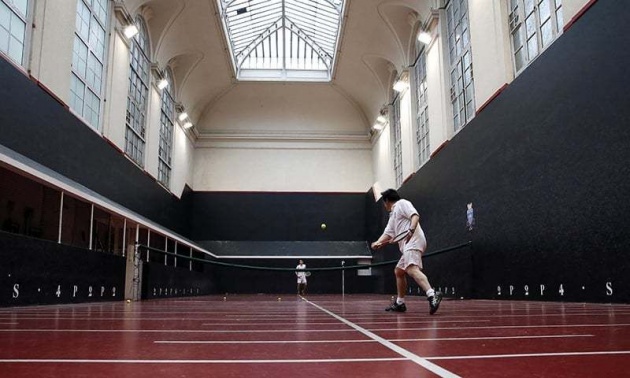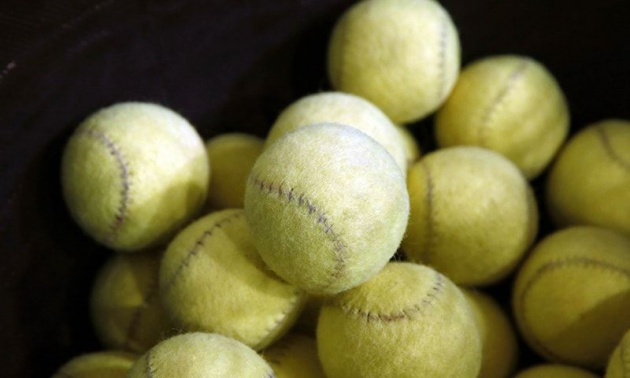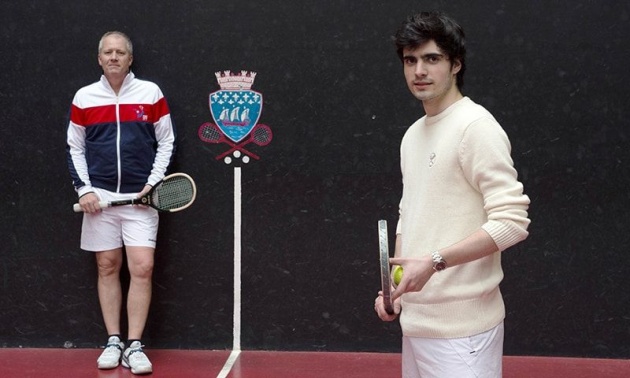 People play Real Tennis, the ancient sport ancestor of tennis, in Paris. — AFP
People play Real Tennis, the ancient sport ancestor of tennis, in Paris. — AFP
Play begins yet again in a game of real tennis, a sport that originated in the Middle Ages and endures to this day, kept alive by about 10,000 enthusiasts from Boston to Melbourne.
“We're amateurs in the true sense of the word,” says Matthieu Sarlangue, the six-time amateur champion of France among other titles.
The game abounds with eccentricity, from the asymmetrical court whose parts include “penthouses”, a “hazard” and a “dedans”, to a multitude of service styles with names like the railroad, the giraffe and the boomerang.
Most unusual is a complex set of rules surrounding what is known as “laying a chase”, which happens when the ball bounces twice.
The point is held “in abeyance” until the players change ends and the player who let the ball bounce twice must try to “beat the chase” by hitting a deeper shot than his opponent did.
Few concessions to modernity
The sport has made few concessions to modernity. White attire remains de rigueur, even for informal practice. The balls are still painstakingly made by hand, though the balls' felt covers became bright yellow in the 1980s for enhanced visibility as they did in modern tennis. Real Tennis' ball, the ancient sport ancestor of tennis, are pictured here. — AFP
Real Tennis' ball, the ancient sport ancestor of tennis, are pictured here. — AFP
It's the effervescent side of real tennis,” said Tim Batten, captain of France's squad for the Bathurst Cup, the equivalent of modern tennis's Davis Cup national team tournament. “You have to adapt to different courts.”
With its Art Nouveau ceiling of ironwork and glass, the sole Paris court that is still in use, opened in 1908, is the world's highest at some 11 metres (35 feet) — easily accommodating the giraffe serve. Matthieu Sarlangue, right, poses with his coach Tim Batten at the Real Tennis and Squash club in Paris. — AFP
Matthieu Sarlangue, right, poses with his coach Tim Batten at the Real Tennis and Squash club in Paris. — AFP
The “sport of kings” was a fixture for generations of royalty, not just in France and England but across Europe.
The long line of French kings who were real tennis enthusiasts ended with Louis XIV, whose doctors forbade him to play because he suffered from gout, Kressmann said.
The Sun King took up billiards instead, launching a new fad for both royalty and high society.



